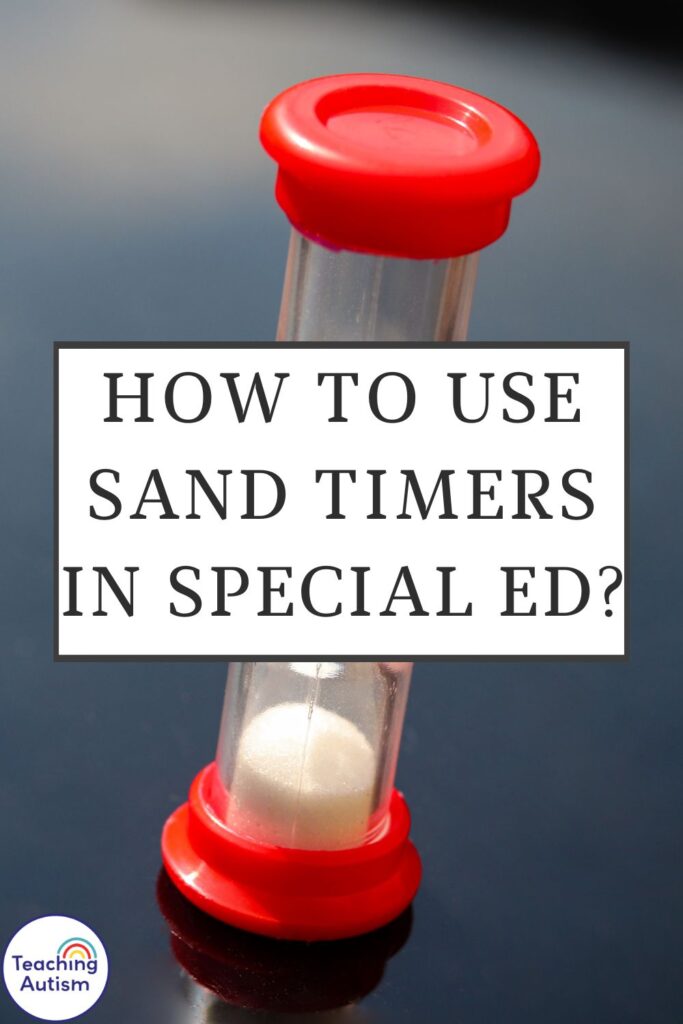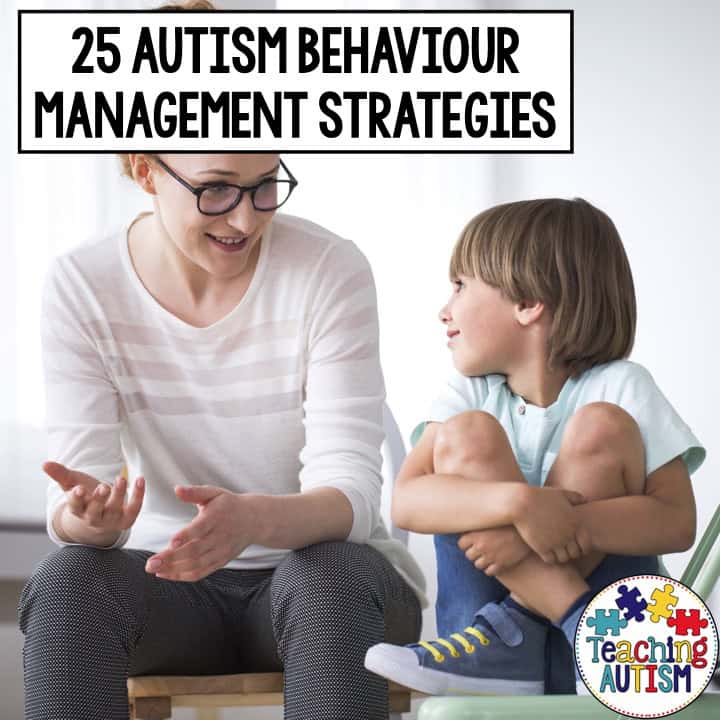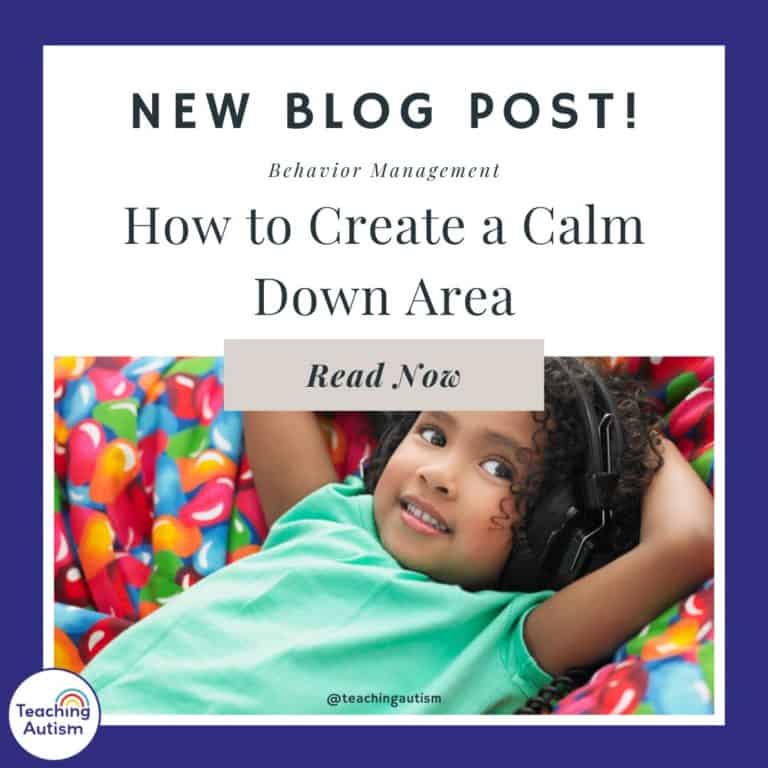How to Use Sand Timers in Special Ed?
Today in this blog post, I’m answering the question ‘How to Use Sand Timers in Special Ed?’
It’s a question I actually get quite regularly, and one that I’m accustomed to being able to easily answer. After using sand timers for over 10 years in the classroom.. It’s safe to say that I’ve tried probably almost every sand timer there is.. And I’ve learned a few things along the way as well.
I’m so excited to share in this blog post today all about sand timers, which ones to get.. And which ones to avoid!.. As well as some best tips for using them and the benefits that they have.
This blog post may contain affiliate links. This means that if you purchase an item through my affiliate link, I may receive a % of commission at no extra cost to you. This helps support me, my family and my blog to bring you great content for free!
What Are Sand Timers?
Just incase you have never heard of.. or seen a sand timer. It’s basically a way of measuring time. If you don’t want to use sand timers, you can also use an egg timer, digital timer etc.
If you work in special education you probably already have a collection of sand timers in your classroom. It’s pretty well known within our field of work that the sand timers have so many uses. And we know just how well the students respond to them.. But they can even work in general education settings too.
What Length Timers Should I Use?
In our classroom we have a range of different sand timers, they are;
- 30 seconds
- 1 minute
- 3 minutes
- 5 minutes
- 10 minutes
- 15 minutes
- 30 minutes
- 60 minutes.
I find it helpful to have a range of different times available just because I use them for different things. I might use the 30 second one to encourage my students to wash their hands for longer. Or I might use the 1 minute timer to have students wait one minute before they can have their turn of a toy.. I may use the 15 minute one to show students how much time they have the multi-sensory room.
So I definitely find it helpful to have a range of different timers. That way they’re easily at my fingertips for whatever I may need them for throughout the school years.
What Sand Timers to Avoid?
I have learned some hard lessons over the years.. Especially with sand timers. When they explode in your classroom, they leave a very big mess. So here are some tips that I have to share that will help you;
- Anything fragile or glass. I try to go towards plastic ones.
- Ones that have decorations all over them.
- Sand timers that are decorative inside or have things that will distract students from what you need them to be working on.. Because the sand timer is too engaging.
Where to Buy?
I typically tend to get my sand timers on Amazon. Like most other educators out there, there’s never enough time in the day to get things done. So Amazon is usually my first port of call for anything because it’s quick, easy and convenient. Below I share some links of my favorite sand timers – and other types of timers – that I like to use with my students;
USA Links
- Sand Timers with Protective Covers
- Mini Sand Timers – Easy to Move Around
- Digital Timers
- Visual Countdown Timer
- Wind Up Timer
UK Links
8 Ways to Use Sand Timers in Your Classroom
Now, I’m going to share with you some of the ways that we use these timers:
1. Time Management
Sand timers are great for helping our students to manage their time effectively. It makes it easier to assign tasks or activities for students for a set period of time when using sand timers as visual aids to help them stay on track.
2. Transition Tool
They are also great to use as transition tools. Many of my students over the years have struggled with transitioning between activities and lessons. When we use a sand timer, our students can better prepare themselves for the upcoming change – and visually track this.
3. Self-Regulation
Sand timers are great tools for helping our students to develop self-regulation skills by allowing them to monitor their own time. Whether this is time spent on tasks.. Choice activities.. Or even some cool down times. This can help our students to become more aware of time and how they use this.
4. Break Times
We can use sand timers to help our students structure their break times. The sand timers provide our students with a clear visual cue for when it is time to take a break, and how long they have left before it’s time to return to work.
5. Turn-Taking
Sand timers are great tools to aide our students with taking turns. Students can be designated a set amount of time to play with their choice of toy/game.. And then when the sand timer runs out, it’s someone else’s turns.
6. Task Completion
I love using sand timers to help my students focus and prioritize their time to see if they can complete a task within a set amount of time. This is great for students who may struggle with moving on to the next activity without completing their current activity. Setting them a challenge to finish the activity in an (appropriate and realistic) amount of time can help them to focus more on managing their time and completing the task required.
7. Transitioning Back to Work
Sand timers are great for helping our students to transition back to work mode from choice mode. The visuals help our students see when their break time is over and that it’s now time to refocus and get back to work.
8. Calming Tool
There is something really calming about sitting and watching the sand move through a sand timer. Using sand timers to help calm our students can create a soothing environment for our students that help to promote relaxation and focus.
Do you use sand timers with your students? If so, how do you use them? Let me know in the comments down below.
Helpful Links
If you found this blog post helpful, please consider sharing it with your friends and colleagues on social media.

P.S. Have you signed up for a 3 day free trial of my VIP membership yet? If not, click here to do it now and go and get access to a huge range of resources, templates, crafts and more for free.
Nikki






